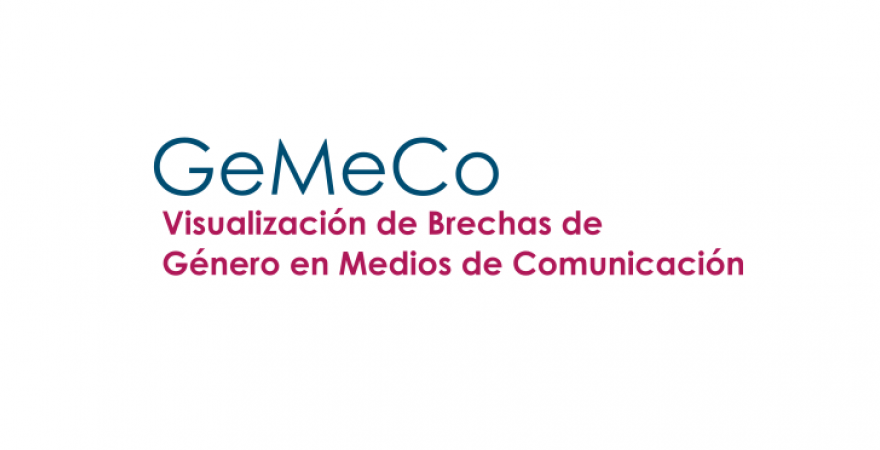
Developed by the SINAI research group of the UJA, in collaboration with the University of Valencia and the Canadian Simon Fraser University (SFU), it shows that around 30% of the information sources are women, while 70% are men.
The GeMeCo project, developed by the SINAI research group of the University of Jaén (UJA) in collaboration with the University of Valencia and the Canadian Simon Fraser University (SFU), reveals the existing gender gaps in digital media in Spain.
Through a simple website, this automatic system monitors the voices of men and women in real time using advanced artificial intelligence techniques based on Natural Language Processing (NLP). Specifically, articles from six media are analysed, quantifying the discrepancy in the proportions of men and women quoted. According to the main researcher, UJA professor Maite Martín, "the central objectives of GeMeCo are to raise public awareness of the image of women in public discourse, using real data extracted daily, and to encourage the media to include more diverse voices in their reporting".
This project is the Spanish version of the Gender Gap Tracker and Radar de Parité projects, developed for English and French respectively by researcher Maite Taboada of SFU (Simon Fraser University).
The digital media analysed are ABC, El Mundo, El País, El Periódico, Público and La Vanguardia. The system collects daily news items published in these media and they are analysed textually using advanced PLN technologies. Each news item identifies the people who are considered sources of information, i.e. who have quotes, either direct (e.g. quotes in quotation marks) or indirect (e.g. "the president said that they had reached an agreement", "the doctor commented that the situation had normalised"). Once the sources have been identified, for each of them it is determined whether the gender is feminine or masculine (other genders such as non-binary, bigender, pangender, etc. have not yet been taken into account in this project). The male and female sources found in the article are then counted and accumulated for each newspaper on a daily basis to finally generate the graphs shown on the project's website (gemeco.ujaen.es) which reflect the proportion of male and female voices.
The simplicity of the website makes it easy to visualise the data accumulated on the dates indicated (by default, the results are shown for 7 days up to 3 days before the current date). The first part of the website shows the sources found by each newspaper in a bar chart, as well as the accumulated data for all newspapers in a pie chart. These graphs reveal that, on average, about 30% of the sources are women, while 70% are men. These percentages persist even as the dates change, reflecting an overall pattern of gender gaps that is also evident in similar monitoring conducted by SFU University in Canada on Canadian English and French-language media. In the bottom section of the webpage, a line graph detailing the percentage of women quoted in each of the newspapers analysed is presented. This graph eloquently reveals that there are no significant differences between the different Spanish media. In all the cases examined, female voices range between 30% and 15% compared to male voices. This consistent pattern reflects the persistence of gender disparities in the media, underlining the urgent need to address these inequalities.
"Although the project is currently in a testing phase, with data collected during the last three weeks, the database is fed daily with new news. This constantly evolving approach ensures up-to-date and relevant information," says University of Jaén researcher Maite Martín, who stresses that the GeMeCo project "underlines the importance of gender equality by demonstrating how the under-representation of women, despite constituting half of the population, can negatively impact public debate, public policy and public spending. In this sense, the project's lead researcher states that "these results support the continued need to implement equality policies to build a more equitable and representative discourse in the media".
GeMeCo is a development that is part of the general project funded by the Ministry of Science and Innovation 'CONSENSO: CONtent for Semantic Nice and SOcial Communication through NLP', obtained by the SINAI research group in the National R&D&I Plan.
